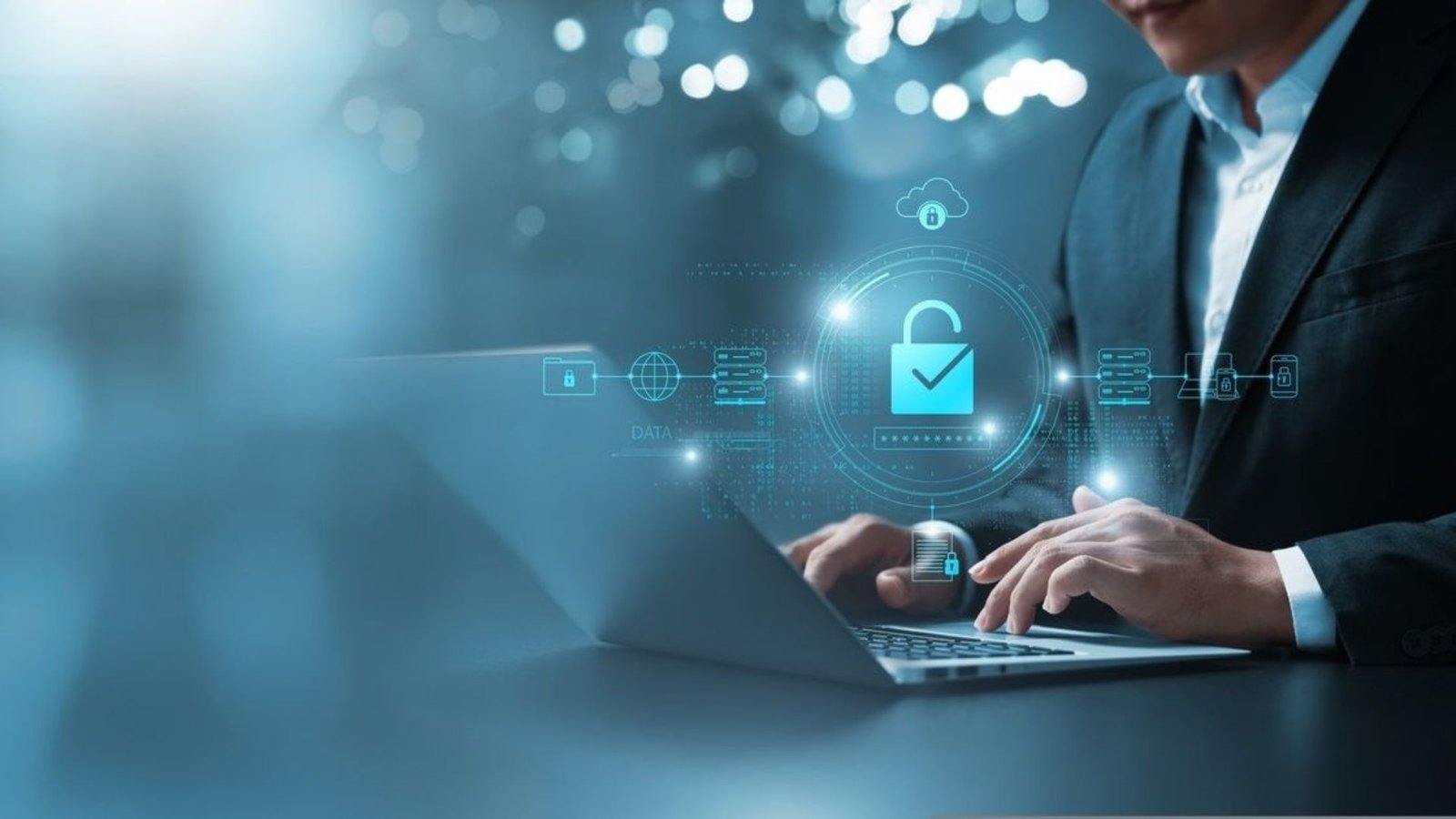Top Security Measures for Protecting Conference Systems
When it comes to safeguarding your conference systems, implementing robust security measures is crucial. Whether you’re hosting a small team meeting or a large-scale webinar, protecting your conference system from cyber threats and unauthorized access is essential. Here are the top security measures for protecting conference systems and ensuring a secure and seamless experience for all participants.
Choose a Secure Conference Platform
The first step in implementing measures for protecting conference systems is selecting a secure conference platform. Opt for a platform that offers strong encryption, secure access controls, and regular security updates. Look for features such as end-to-end encryption and secure login methods. Popular platforms like Zoom, Microsoft Teams, and Cisco Webex have built-in security features that help protect your meetings from unauthorized access.

Use Strong Authentication Methods
To further secure your conference system, use strong authentication methods. This includes requiring complex passwords and implementing multi-factor authentication (MFA). MFA adds an extra layer of security by requiring users to provide two or more verification factors to access the system. This could include a combination of something they know (like a password), something they have (like a smartphone), or something they are (like a fingerprint).
Regularly Update Software
Keeping your conference system software up to date is one of the simplest yet most effective measures for protecting conference systems. Regular updates often include security patches and fixes for known vulnerabilities. Ensure that both your conference platform and any related software are updated regularly to protect against new threats.
Implement Access Controls
Effective access controls are critical for securing your conference system. Set up user roles and permissions to restrict access to sensitive features and information. Only grant access to individuals who need it for their roles. This way, you minimize the risk of unauthorized users gaining access to confidential meetings or data.
Enable Waiting Rooms
Many conference platforms offer a feature called a “waiting room,” where participants must be admitted by the host before they can join the meeting. Enabling this feature allows you to control who enters the conference and ensures that only guests can participate. This helps prevent unauthorized individuals from joining your calls.
Monitor and Manage Participants
During the conference, actively monitor and manage participants to ensure security. Use features that allow you to see who is in the meeting, mute participants as needed, and remove any who are causing disruptions. Monitoring the call helps maintain control and can prevent security breaches or inappropriate behaviour.
Secure Data Transmission
Protecting data during transmission is a key aspect of securing your conference system. Ensure that your conference platform uses encryption protocols to safeguard data transmitted during meetings. Encryption helps prevent unauthorized access to audio, video, and chat data by encoding it in a way that only authorized users can decipher.
Educate Participants on Security Practices
Educating your participants about security best practices is an important measure for protecting conference systems. Provide guidelines on how to create strong passwords, recognize phishing attempts, and avoid sharing sensitive information during calls. Awareness and education can help prevent accidental security breaches and enhance overall conference security.
Utilize Virtual Private Networks (VPNs)
Using a Virtual Private Network (VPN) can enhance security for conference calls, especially if participants are joining from remote locations. A VPN encrypts internet traffic, making it more difficult for unauthorized parties to intercept and access data. Encourage participants to use VPNs when joining conferences from unsecured networks.
Regularly Review Security Settings
Periodically review and update the security settings of your conference system. Check for any new security features offered by your platform and adjust settings as needed. Regular reviews help ensure that your security measures are up-to-date and effective in protecting your conference system.
Limit File Sharing Capabilities
While file sharing can be a useful feature, it can also pose security risks. Limit file-sharing capabilities to trusted participants and avoid sharing sensitive documents during the conference. If file sharing is necessary, use secure methods such as encrypted attachments or secure cloud storage.
Conclusion
Protecting your conference system requires a combination of proactive measures and continuous vigilance. By choosing a secure platform, implementing strong authentication, and educating participants, you can significantly enhance the security of your conference calls. Regular updates, effective access controls, and network security measures are also essential for safeguarding your conference system from potential threats.



